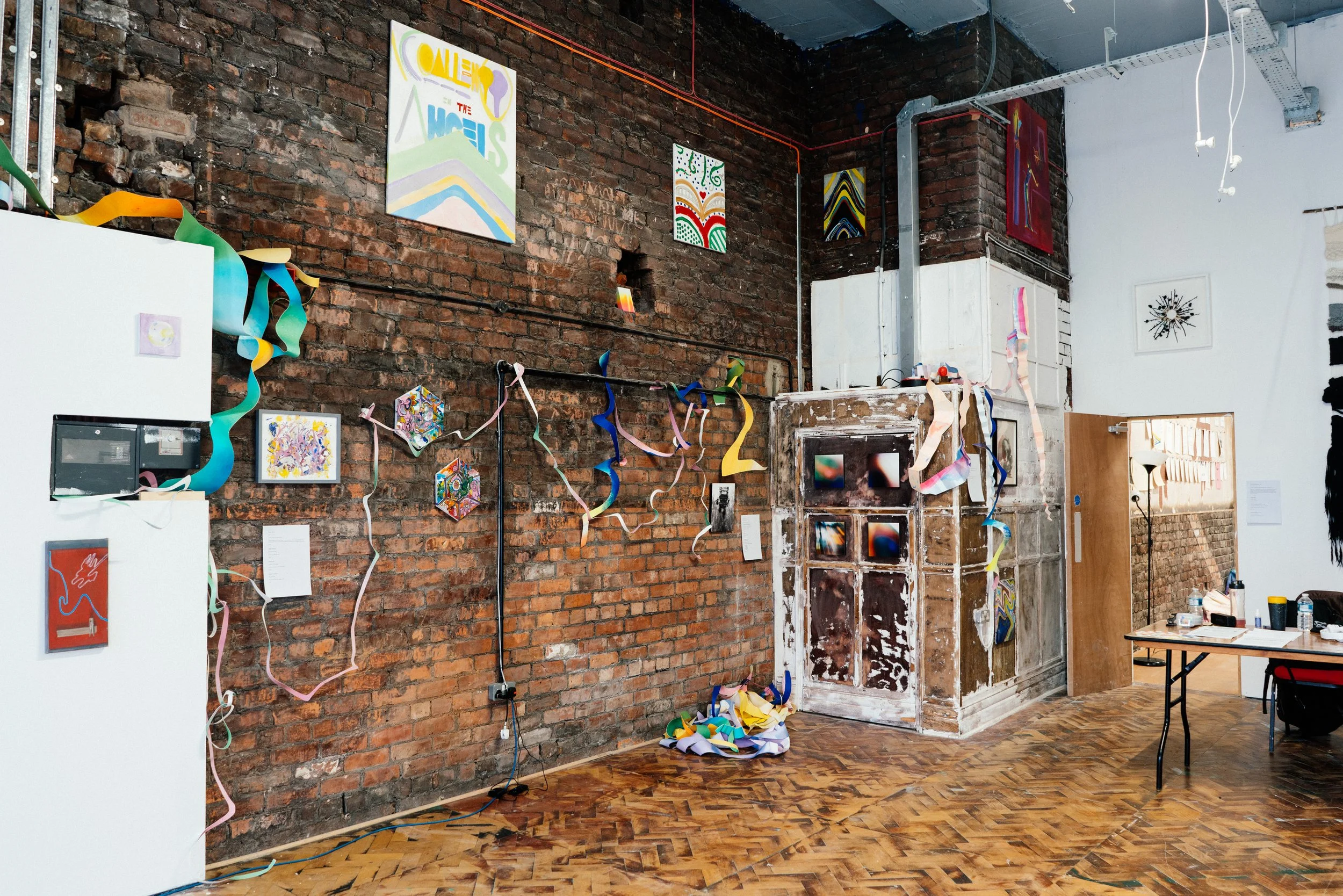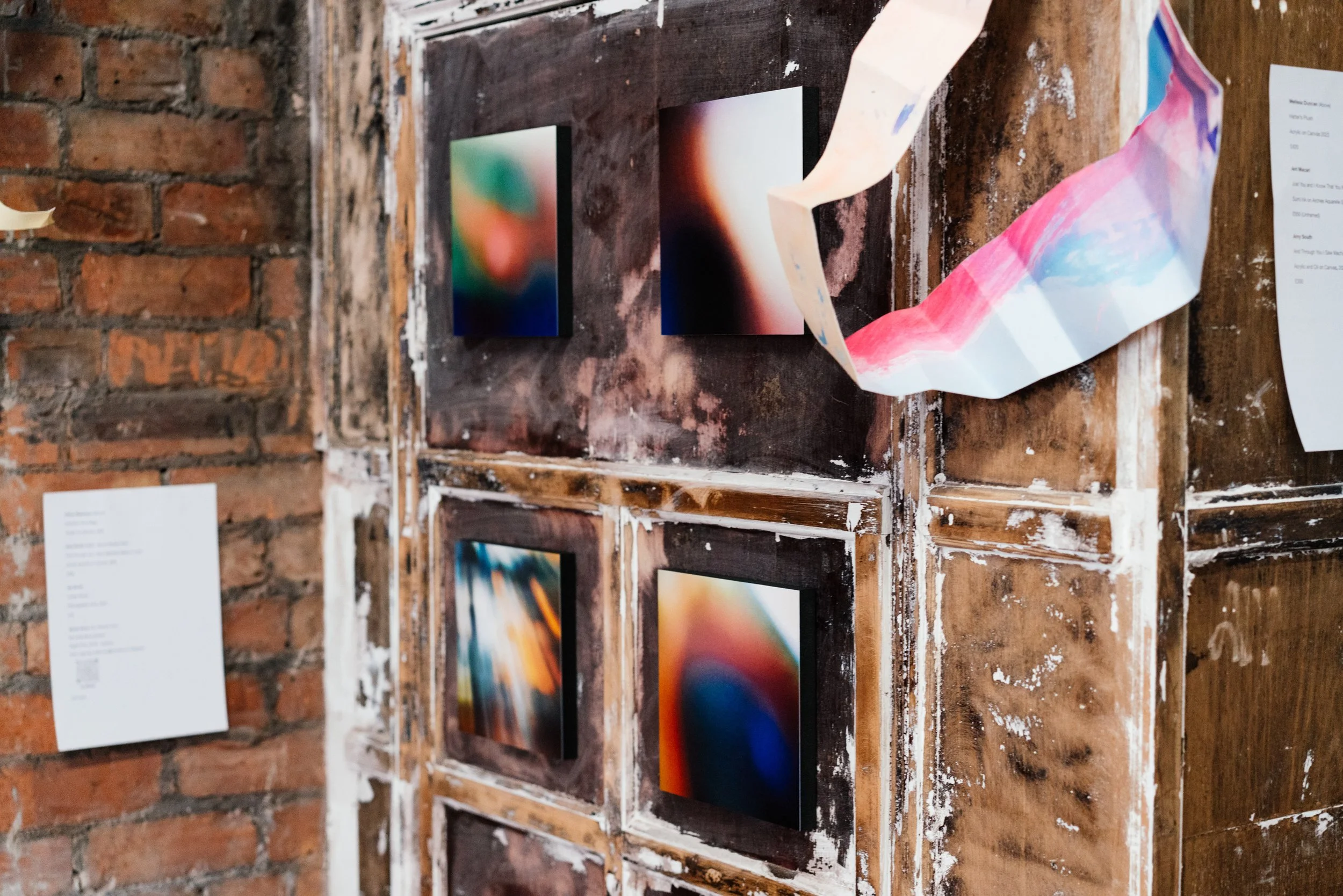Alysia Anne
‘But What About Ghosts?’
This series of photographs started out as an attempt to reconcile what life looks like after the death of the artist's parents. This series was borne out of the research Alysia did for her PhD.
“The photos represent an attempt at a visualisation of the absence they created…The four chosen photographs for this exhibition have been chosen because their dates are significant, as they represent the anniversaries of their deaths…”
Alysia’s PHD, ‘Complicated grief: how orphanhood drives practice based research of an artist-inmourning. 2009
Alysia writes:
“This work explores “Grief” and “Orphanhood”. It does so via the use of a practice based artistic exploration of these unfathomable and ongoing dimensions and describes the impact of them on the authors life, in both personal and shared public contexts.
It does this by drawing attention to many complicated facets of both phenomena in order to capture, in whatever way possible, the authorial experience of negotiating the difficult presence of each within their life. The only appropriate term for this concept is that of ‘complicated grief’. A term used by psychologists such as Robert Neimeyer in attempts to understand grief as a greater function.
The narrative progressively explores concepts that complicate one’s experience of grief. Moving through other widely used descriptors and coining the original notion of ‘absent-presence’ it explores the underlying distinction between two other authorial concepts: ‘aloneness’ and ‘non-aloneness’. These terms carry huge import and greatly influence the author’s ability to ultimately accommodate their understanding of grief.
Appropriately then, this practice-based PhD project takes the form of a sustained photographic project involving the physical complications of Polaroid technology, allied with a ‘stream of consciousness’ narrative that produced a chapterless thesis through which the authorial intent to reflect an actual ebb and flow in the complications that constitute their grieving and orphanhood is realised in the reader.
The thesis cannot be considered separately from the exhibitions, nor the creative journey that underpinned the creation of each, for they are one, separate yet intrinsically linked and indivisible. However, the “absence” of the photographs in their entirety is the point, the authorial intent in including limited Polaroids being to once again use the process of the readers journey through the narrative about their creation as a physical metaphor that invokes the frustrations felt in being forced to rely on incomplete memories that constitute fragments of a presence now absent.”
You can see more of Alysia’s work on her website: www.alysiaanne.com

